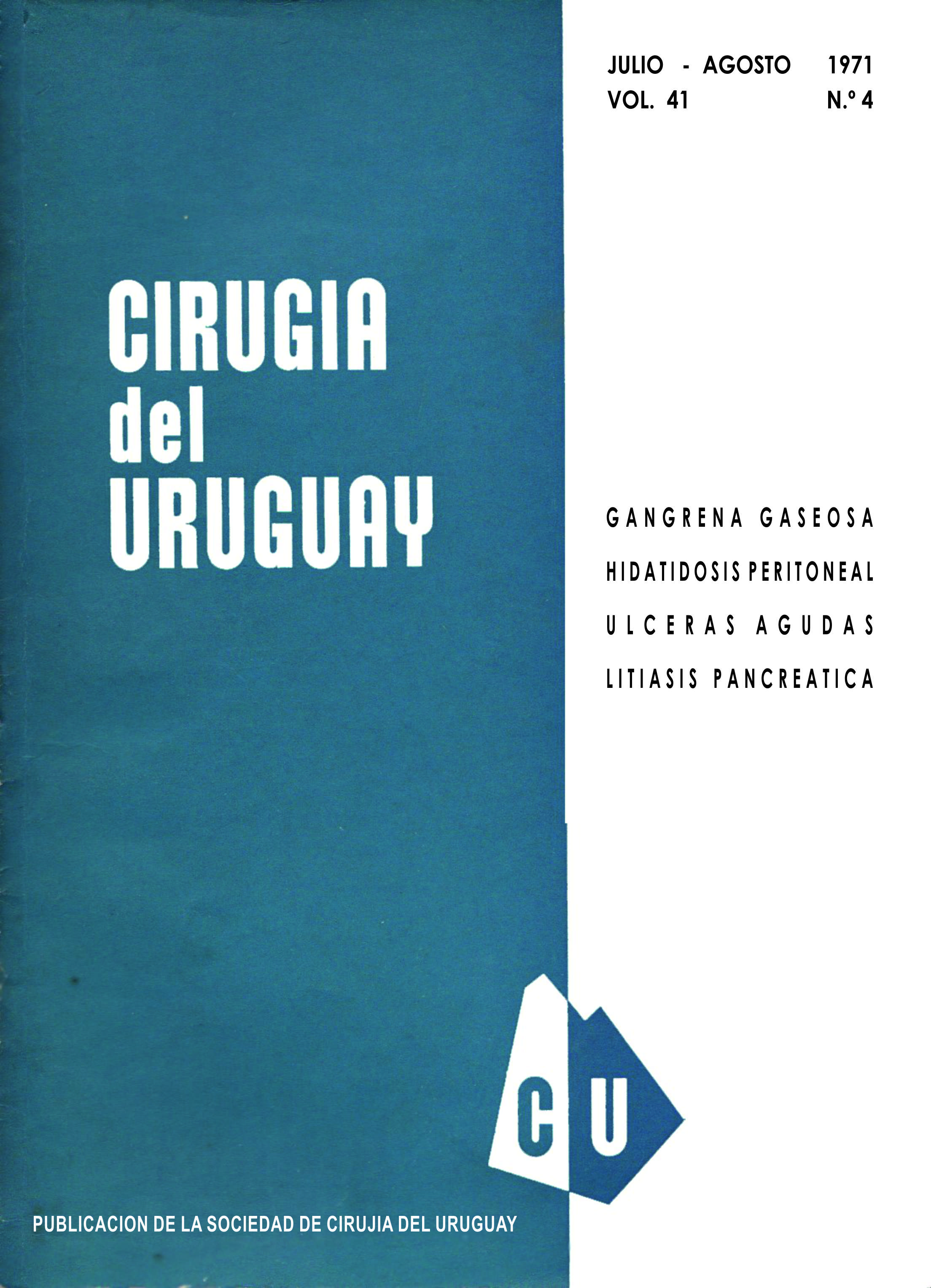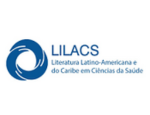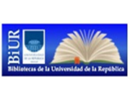Chronic perineal complications of peritoneal hydatidosis
Contribution of the Uruguayan surgery in the treatment of the peritoneal complications of hydatidosis
Keywords:
peritoneum, hydatid cyst, treatmentAbstract
In this paper we intend to point out the contribution of the uruguayan surgery school specially through the Surgical Society of Uruguay, to the knowledge of peritoneal complications of hydatid disease. Lamas and Prat present a fundamental paper in its first meeting. Then we find the work of Del Campo between 1927 and 1931, on the chronic forms of hydatid encysted peritonitis, thus completing the information supplied by Dévé in 1901 and defining for the first tiem the hydatiperitoneum. Again it is Del Campo who, in 1931 and later in 1960, together with Castiglioni, shows the fundamental importance of perihydatid propagation as a cause of death, together with uretovescical pelvic compressions, and excretory renal insufficiency, mentioned by Dévé.
Chifflet, in papers of great significance, sorne in collaboration with Ardao, showed with masterly vlarity the classification and pathologic anatomy of the different types of processes and stressed the basis of the treatment for the different forms.
Velarde Pérez Fontana made a detailed study there of and described bilobe equinoccocosis very clearly.
Larghero crowned a series of important papers on hydatid disease, with his last book, written together with Venturina and Broli.
Next to these we find the papers of Agustoni and Soto Blanco, Blanco Acevedo, Orihuela, Armand Ugón, Nario, Piquinela, Perdomo, Praderi, etc., which justify the writing of this paper to pay homage to them all, to the Surgical Society and to the country, which has the sad privilege of contributing with so many patients, when well-planned prophilactic measures would lead to the disappearance of the disease.
Downloads
Metrics
Downloads
Published
How to Cite
Issue
Section
License
All articles, videos and images published in Revista Cirugía del Uruguay are under the Creative Commons CC licenses, which is a complement to the traditional copyright, in the following terms: first, the authorship of the referred document must always be acknowledged and secondly none of the article or work published in the journal may have commercial purposes of any nature. The authors retain their copyrights and give the magazine the right of first publication of their work, which will be simultaneously subject to the Creative Commons Attribution-NonCommercial 4.0 International License license that allows the work to be shared whenever the initial publication is indicated in this journal.


























